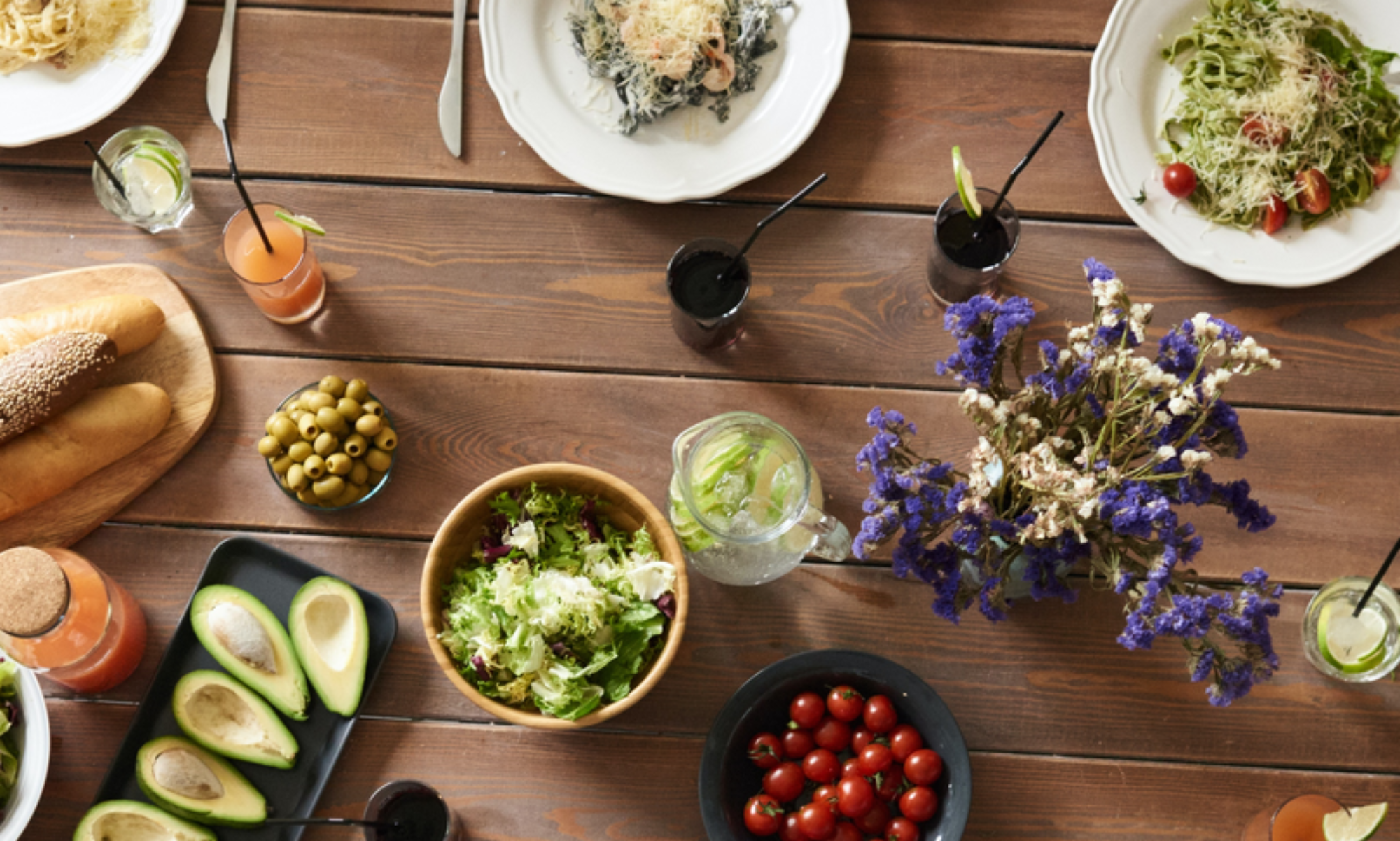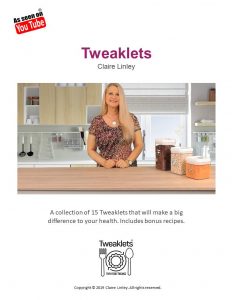It’s not very sexy talking about our internal organs but sometimes we just have to. A condition that is often overlooked or misdiagnosed is adrenal fatigue. The adrenals are the small glands located at the top of each kidney.
Adrenal fatigue occurs when we’ve been under a lot of physical, mental or emotional stress, especially for a prolonged period. We don’t just feel a bit tired, we feel extremely fatigued,…….we have brain fog……….. we may have gained weight…………… have elevated blood pressure……..experience hair loss……..moodiness and depression….. and in more serious cases, have become insulin resistant.
But once again let’s turn to food and see what we can do to help ourselves through tweaking our diet.
For a start you need to eliminate some foods that are undoubtedly putting a load on your body. In fact these are good for all of us to consider eliminating…
Caffeine…………alcohol…………white sugar……………white flour……………processed foods………..fried foods……………soda…………..artificial sweeteners.
What you want to eat are foods that are nutrient dense but easy to digest and have plenty of healthy fats and fibre. Lean meat or fish…………., leafy green vegetables and cruciferous vegetables,……………. low sugar fruits,…………… coconut…………, nuts……………., seeds, ……………fermented foods
Timing when you eat is important as it helps regulate your blood sugar which in turn supports your adrenal glands. Eat regularly and don’t skip meals. When your body has adrenal fatigue it needs routine and balance so that your energy and cortisol levels are consistently maintained.
Even when you’re feeling the worst effects of adrenal fatigue you will really notice a difference if you tweak your diet in these simple ways.


